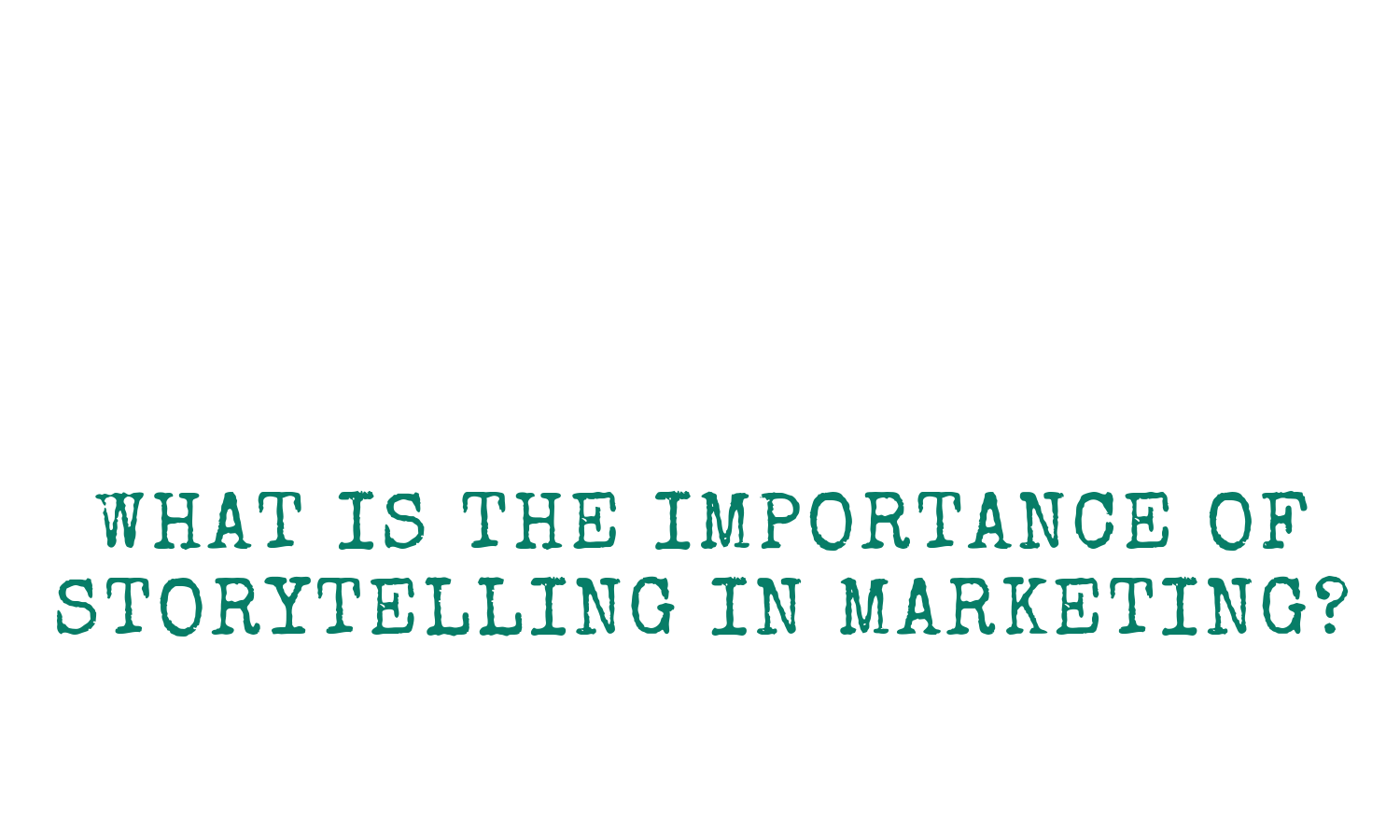How to Explain Social Media to Your Grandparents
Let's start out by saying that we know that many grandparents are socially savvy. They can tweet or hashtag with the best of them, and many have found social media to be the perfect way to keep up with kids and grandkids around the country. BUT...some of our older friends and relatives haven't felt the need to engage in social media and the entire concept can sound like the plot of a Stanley Kubrick flick. This is the article for them.
Trying to explain social media is easier said than done because you delve into a lot of detail or just brush over the finer points when going over all that social media entails, how useful it is, and why someone pays you (or anyone) to fiddle with it. When trying to explain social media to someone like a grandparent, who in this case, represents anyone who might not have grown up with any kind of social media beyond a rotary phone, it can quickly become confusing. Even if your audience has a Facebook to keep in touch with friends and family, they don’t see much of a function for social media beyond those personal interactions, which is why it’s important that you’re able to explain social media in an easy-to-understand fashion.
Start with Social Interactions
Actually, if your grandparents or whoever you’re speaking with at least understands that “the Facebook” is useful for personal interactions, you can build on that. Even if they don’t, explaining that social media is used for socializing and for building and maintaining social interactions is relatively easy. Just like they call friends and carry photos of family in their pocketbooks, social media sites are similar in that they allow users to:
· Share photos and videos
· Share thoughts and ideas
· Share news and information
· Like other people’s photos, ideas, and information
· Comment on other people’s content
Companies and business can also be on social media, which means that they can post their own content (content is a catch-all for the above-listed things one can share via social sites). By sharing content and interacting with customers via social interactions, companies and businesses build relationships with people the same way that friends who know each other in real life do.
Sharing Not Selling
Now that your grandparents understand that social media is for sharing and relationship building, there’s probably still a disconnect between how that translates into selling. The reason is that our grandparents grew up and came of age in the generation where selling was direct. Have you ever checked out vintage ads? They’re chock full of slogans and are reliant on stereotypes, which worked for that era.
An ad from your grandparent’s day might have text like, “Show her you love her by getting her a Hoover 2000 this Christmas!” The image would depict a 1950s housewife grinning in open mouth delight over her shiny new vacuum cleaner while Ricky Ricardo stands in the side of the frame with an expression (and sometimes literal subtext) that says, “The house won’t be the only thing getting hoovered this Christmas night.” Ho Ho Ho.
Grandparents are used to direct, hard sells, but today, those approaches feel oily. Today’s audience wants authenticity. They want to hear your company’s story and to believe in it. If they believe in your story, they believe in you and by extension, whatever it is you’re selling. For example, an approach to “sharing” and not selling to build relationships and to (yes) ultimately sell might be to post useful information, tips, how-to guides, stories, and so forth.
Keep It Simple
As you explain the nature of social media, you might want to include that Facebook isn’t the only social platform out there; however, your grandparents might not be ready for a full rundown of how microblogging sites like Twitter and all of those hashtags (“Pound key,” your grandparents will correct you) operate.
Instead, give a short-but-sweet explanation that some platforms facilitate different things.
· YouTube, Instagram, SnapChat, and Pinterest are great for images and videos.
· Facebook, Twitter, and LinkedIn are best used to share text and articles as well as images and videos.
At the heart of all of it, it’s about relationship building, storytelling, and content sharing. Your goal on social media is to connect with your audience, to give your brand a voice and a face, to provide support, to be useful and informative, and to, yes, sometimes make sales. Can you imagine the stories your grandparents can tell? Even better if they learn how to tell them with a good hashtag.
Need help explaining social media or understanding how it can help you build your brand’s voice? Let The Storyteller Agency help you connect with your audience. Contact us and let’s start building relationships.







